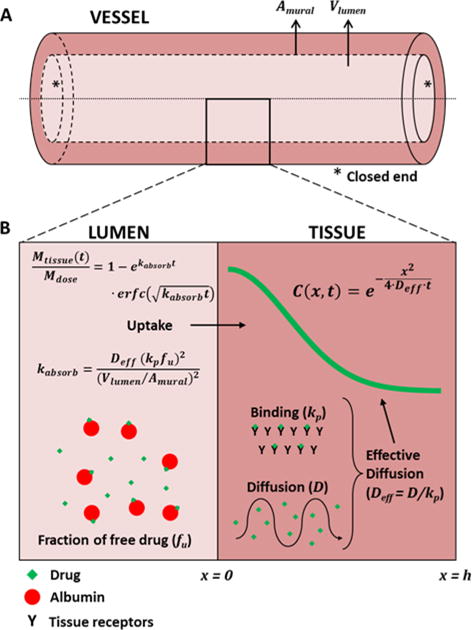Figure 2. Schematic of diffusion-partitioning controlled arterial drug uptake and distribution.

(A) Schematic of an excised arterial segment infused with drug solution and both ends were closed. Vlumen is the lumen volume and Amural is the surface area of the infusate/tissue interface (B) High magnification cross sectional view of the lumen and arterial media, illustrating the key processes and equations governing drug distribution from a well-mixed infusate volume (Vlumen). In the lumen, a fraction fu, if the drug is free and the remainder is bound to albumin). Only free drug is absorbed by the artery wall. Once in the tissue, free drug diffuses with diffusion coefficient D or binds nonspecifically to tissue proteins with partition coefficient kp. Drug distribution is dominated by the effective diffusion coefficient Deff, (Eq. 3) whereas total drug uptake is also governed by the partition coefficient, lumen volume, mural area and the fraction of free drug (Eqs. 1–2).
